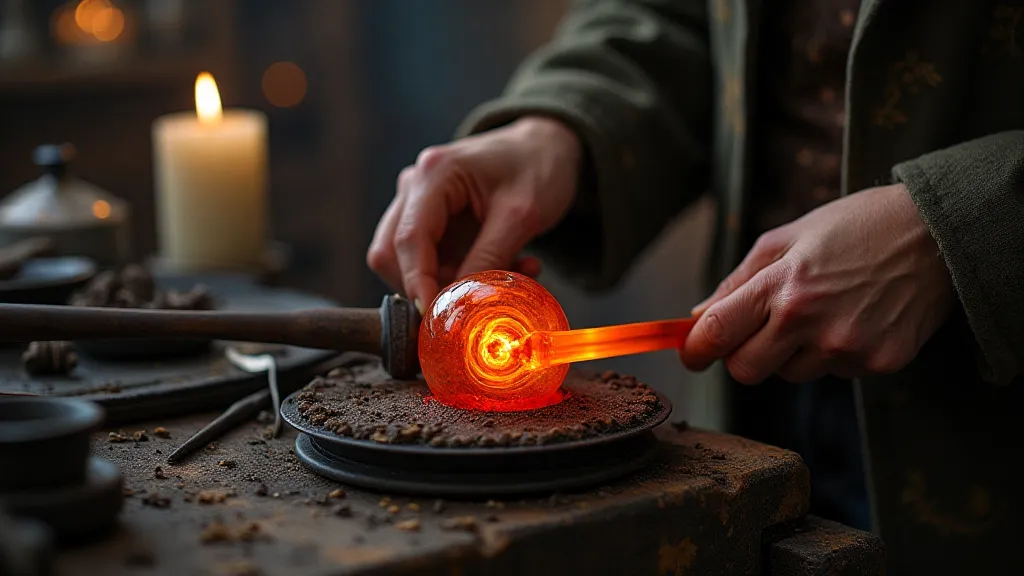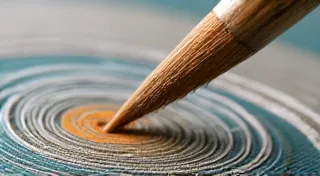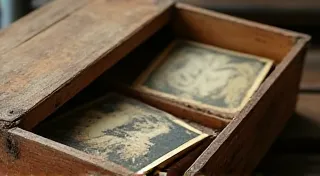The Language of Swirls: Deconstructing the Art of Hand-Decorated Marbles
There's a quiet magic in holding an antique marble. It's more than just a sphere of glass; it’s a tiny, perfect world, whispering stories of a time when craftsmanship wasn't a novelty, but a necessity. And amongst the myriad types of marbles that have captivated collectors for generations, the hand-decorated ones hold a particularly profound allure. These aren't merely pretty objects; they are miniature masterpieces, each a testament to the patience, skill, and artistry of a bygone era. They speak a unique language – the language of swirls, ribbons, and tiny, deliberate marks.
My own fascination began innocently enough. As a child, I stumbled upon a box of marbles at a flea market. Most were commonplace – simple clear glass, some with bands of color. But then I saw it: a swirl marble, a chaotic yet harmonious dance of crimson and gold, trapped within a sphere of glass. It felt different, charged with a hidden energy. That single marble sparked a decades-long passion, a journey to understand not just *what* these marbles were, but *how* they came to be.
A History Etched in Glass
The art of hand-decorating marbles truly flourished in the late 19th and early 20th centuries, a period of burgeoning industrialization alongside a persistent demand for handcrafted goods. While machine-made marbles were becoming increasingly common, the allure of the unique and the personalized kept the tradition of hand-decorated marbles alive, particularly in areas like Germany, Czechoslovakia (now the Czech Republic), and the United States. These were often produced by small workshops or even individual artisans, many operating from their homes.
The process wasn't easy. Unlike modern techniques, there were no precise measuring tools or specialized equipment. Artisans relied on their intuition, their keen eye, and years of practice to achieve the desired effects. They used a variety of techniques, often combining multiple methods to create their distinctive patterns. The materials themselves were relatively simple: colored glass canes (thin rods of colored glass), molten glass, and a lot of focused attention.
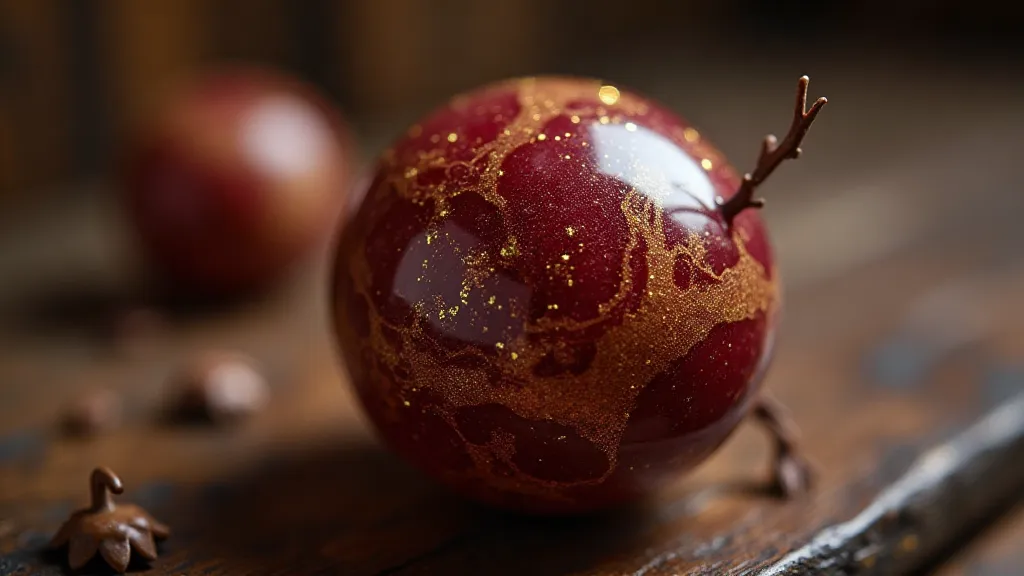
Decoding the Techniques: Stripes, Swirls, and Beyond
One of the most common techniques was striping, where colored glass canes were melted onto the surface of a core marble, creating bands or stripes of varying colors. This is often seen in "clown" or "zebra" marbles. Swirling, the technique responsible for the mesmerizing patterns that truly captivated me, involves heating a core marble and then carefully manipulating colored glass canes against its surface, creating the swirling effect. The artist would often use a pointed tool or even their fingers to pull, twist, and shape the glass. The skill lay in controlling the heat and the flow of the glass to create the desired pattern – a delicate balance between precision and improvisation.
Beyond swirls and stripes, artisans employed a range of other techniques. Latticework involves creating a network of fine lines, often through careful layering and manipulation of colored glass. Nebulae patterns resemble swirling clouds, achieved by carefully blending different colors. Some marbles featured intricate floral or geometric designs, demonstrating an exceptional level of artistry and control. Even the seemingly random patterns held meaning; the distribution of colors and the direction of the swirls often reflected the artist’s personal style or even regional preferences.
Beyond Aesthetics: Symbolism and Regional Styles
While definitive documentation of the symbolic meaning behind these patterns is rare (most knowledge was passed down orally), we can infer certain cultural influences and regional preferences. In some areas, certain color combinations were associated with good luck or prosperity. The orientation of swirls—clockwise versus counterclockwise—might have held subtle symbolic weight, although concrete evidence is scarce.
Regional variations are also readily apparent. German marbles, for example, often exhibit a certain boldness and clarity of color. Czech marbles are often characterized by their delicate artistry and a penchant for intricate latticework. American marbles, particularly those from the Northeast, frequently feature vibrant colors and a more rustic charm.
The Collector's Eye: Identification and Value
Identifying hand-decorated marbles can be challenging, but rewarding. The first step is to distinguish them from machine-made variations. Hand-decorated marbles are typically less uniform in shape and size, and often exhibit slight imperfections—these are not flaws, but evidence of the human hand at work. The patterns themselves are unique; while similar patterns might exist, no two hand-decorated marbles are exactly alike.
Value is determined by a number of factors: rarity of the pattern, condition of the marble, size, color combination, and provenance (history of ownership). Marbles exhibiting unusual patterns, vibrant colors, or exceptional artistry command the highest prices. Condition is crucial; cracks, chips, or clouding significantly reduce value.
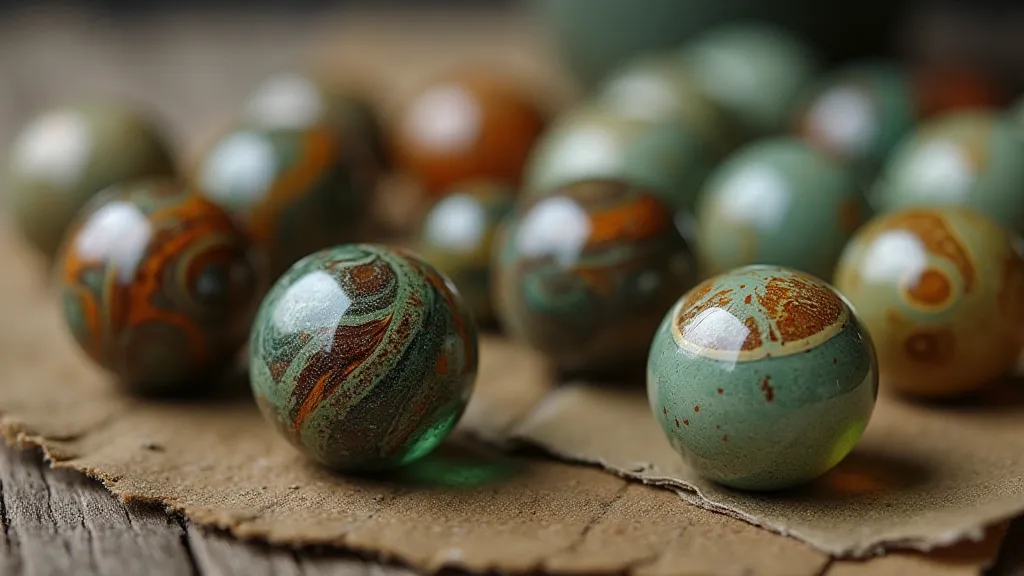
Restoration and Preservation: A Gentle Touch
Restoration should be approached with extreme caution. Attempting to clean a marble aggressively can easily damage the delicate glass surface. Minor clouding or slight surface imperfections are often best left untouched, as they contribute to the marble's character and authenticity. Professional conservation is recommended for any significant damage. The goal is to preserve the marble's integrity, not to make it appear flawless.
Preservation also involves proper storage. Marbles should be stored in a cool, dry place, away from direct sunlight. Felt-lined boxes or trays are ideal, as they provide cushioning and prevent scratching.
A Legacy of Artistry
Holding an antique hand-decorated marble is more than just collecting; it’s connecting with a lost world, a time when artistry was valued, and craftsmanship was a source of pride. These tiny spheres of glass are miniature testaments to human ingenuity and skill, offering a glimpse into the lives of the artisans who created them. As collectors, our role is not just to acquire these treasures, but to safeguard their legacy, to appreciate the artistry, and to share the stories they whisper—the language of swirls, ribbons, and a timeless dedication to beauty.
